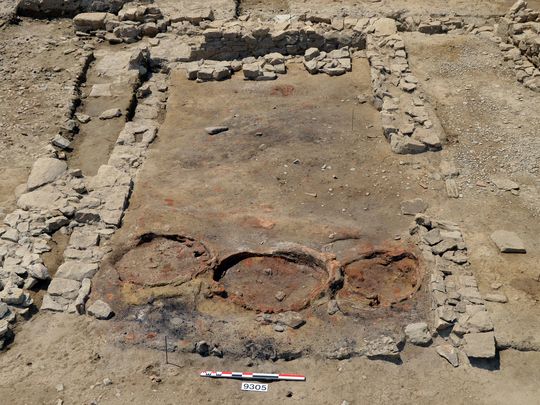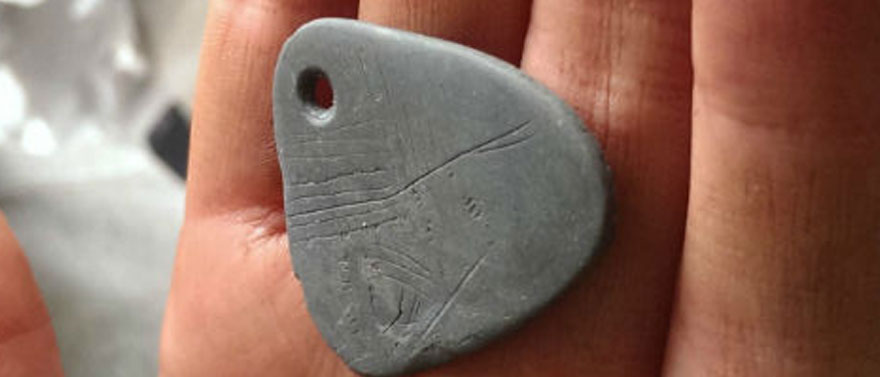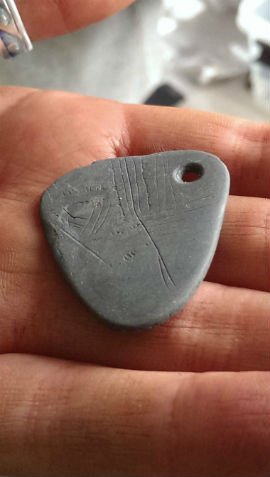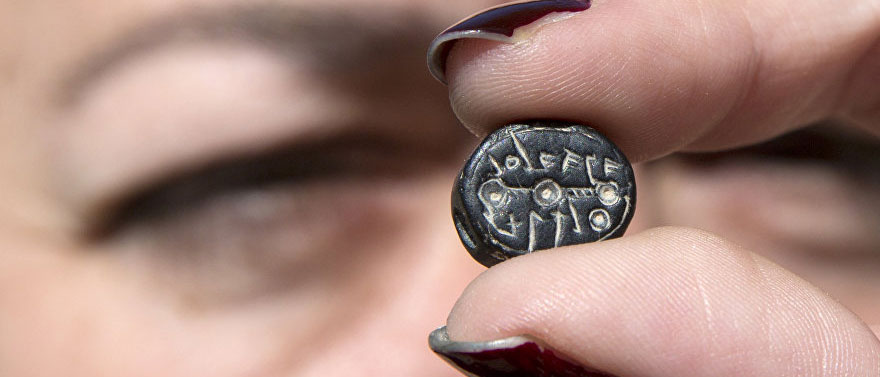Is this the world’s oldest customer complaint? 3,750-year-old Babylonian tablet details how a person called ‘Nanni’ was not happy with a delivery of ancient copper ore
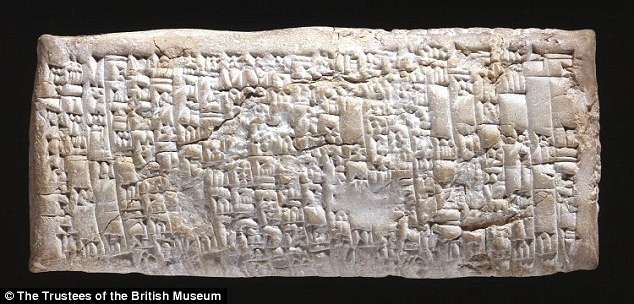
If you have ever composed a shirty email complaining about damaged goods, a mixed-up order or late delivery, you certainly weren’t the first.
An intricate tablet, thought to be the world’s oldest complaint ‘letter’ was written by a disappointed customer from ancient Babylonia, 3,766 years ago.
In it, ‘Nanni’ complains to a merchant about receiving the wrong grade of copper ore that’s arrived late and is slightly damaged.
Continue reading World’s oldest customer complaint translated
